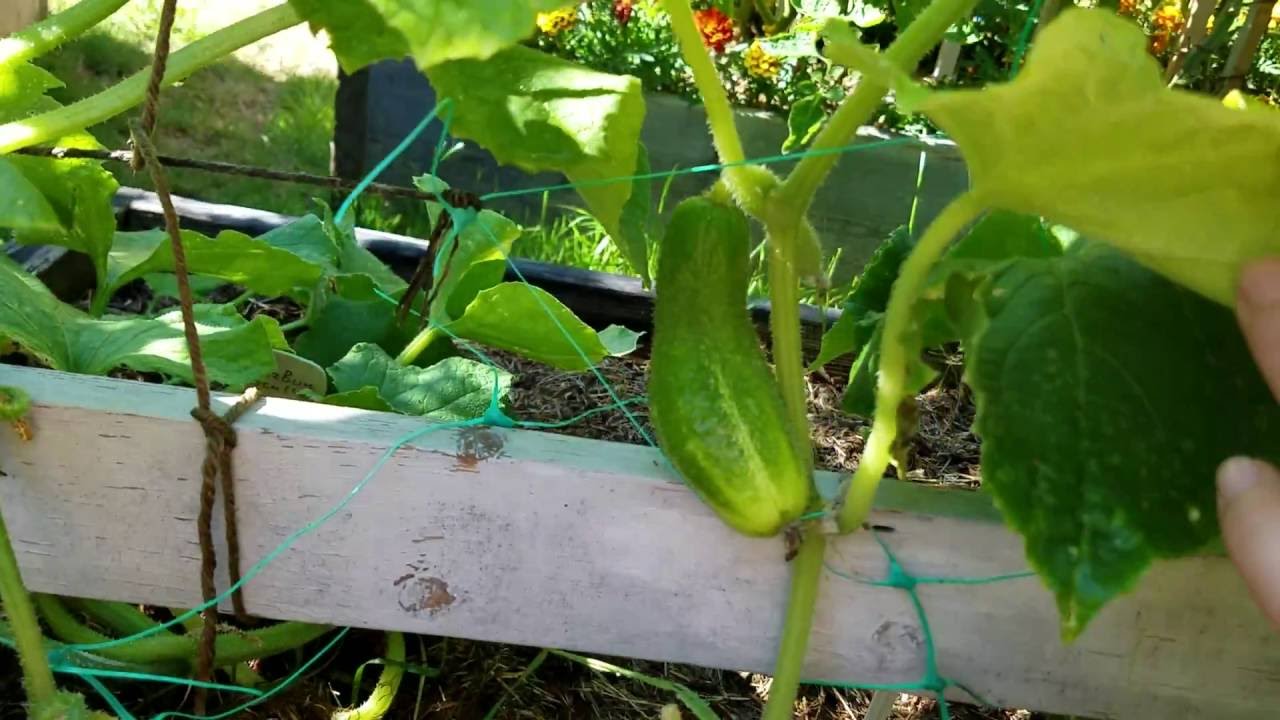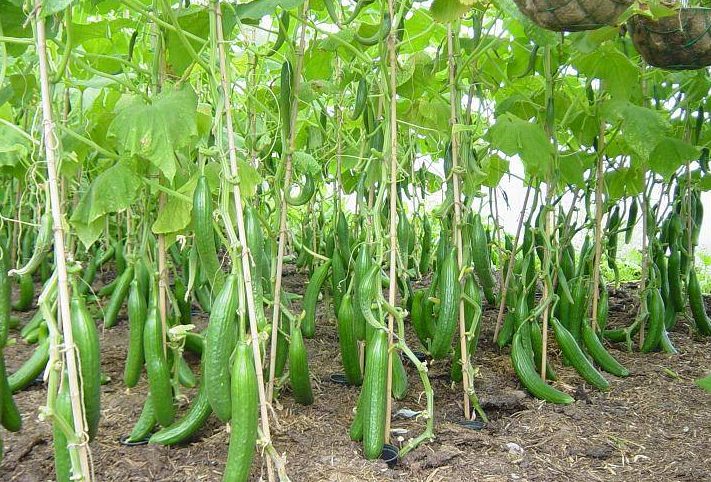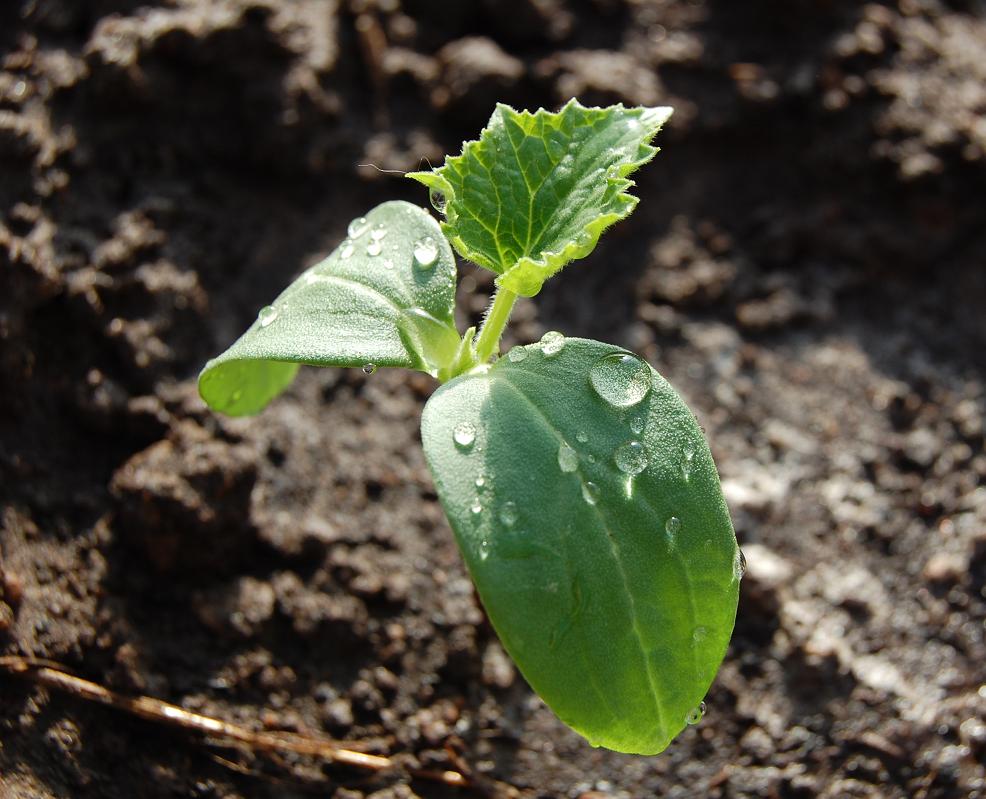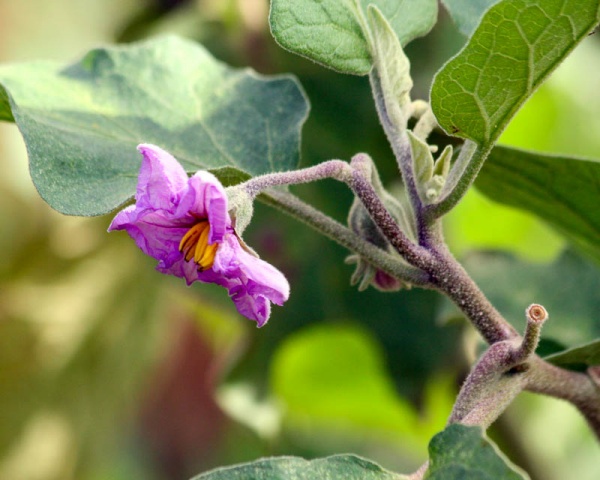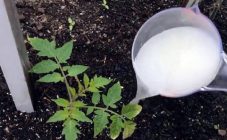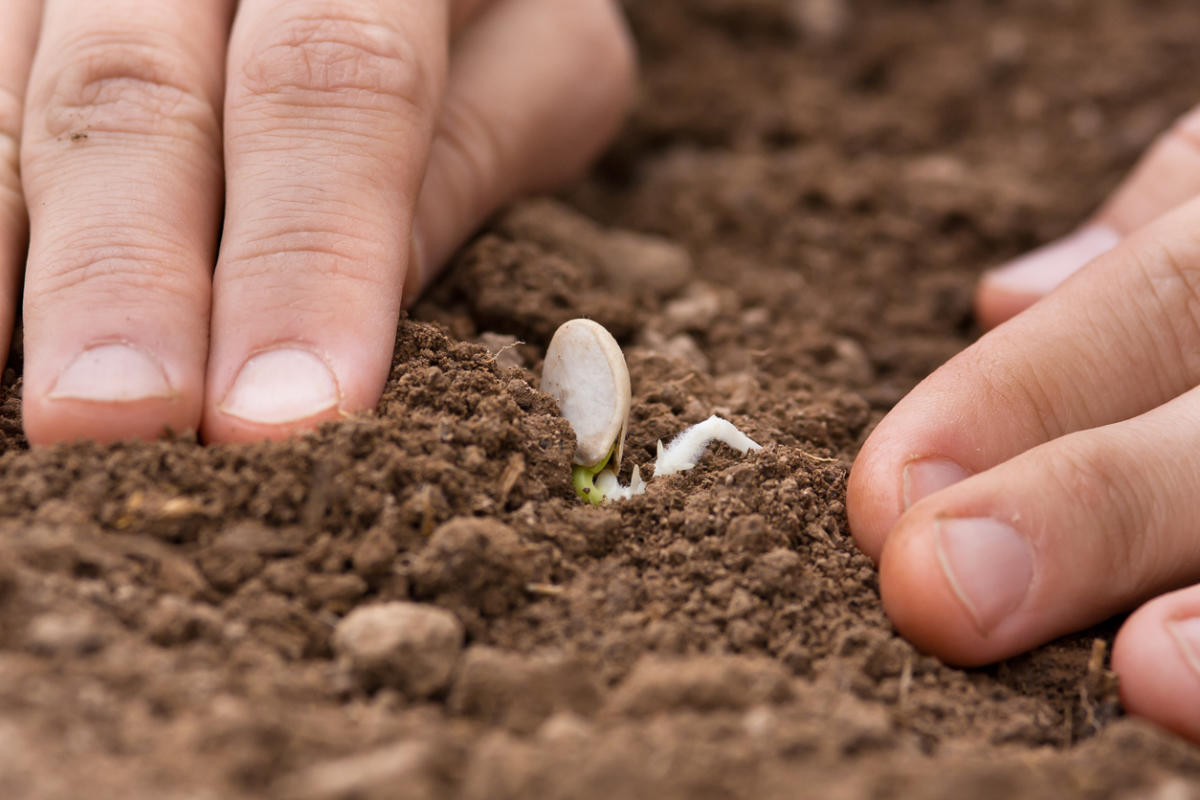Content:
Cucumber belongs to the pumpkin family, as well as melon, squash, watermelon and pumpkin. This culture is considered the most common among gardeners in Russia and other countries. If the necessary conditions are met, cucumber seeds sprout rapidly. The greenhouse is a great option for growing crispy and early varieties of cucumbers in any climate zone. And in order to bring the harvest time closer, foliar and root dressings are used.
Conditions for growing cucumbers in a greenhouse
Before planting seeds or seedlings in a polycarbonate greenhouse, it is recommended to prepare the soil and provide favorable conditions for growth (moisture, light, water, etc.). Tomatoes are often planted next to cucumbers. And, despite the fact that the cultivation of each of these crops should be treated with reverence, people receive a large harvest from them. All that cucumbers need is optimal humidity, light, and watering. Almost all vegetables and fruits belonging to the Pumpkin family are grown according to the same principle.
Shine
The light regime is very important for the fruiting of the crop. The active growth of cucumbers occurs during daylight hours. They develop fully only when the duration of daylight hours is from 10 hours (not less). This is especially important for seedlings. When there is not enough light, many gardeners install fluorescent lamps in the greenhouse.
Watering
Cucumbers are quite capricious in relation to watering. If they are irregular or absent altogether, you should not expect a good harvest. The soil should not be dry (especially in a greenhouse), otherwise the leaves will fade and the plant will die.
The roots of cucumbers are on the surface, which is why they are not able to extract liquid on their own, which is why they have to be watered so often. If it is very hot outside, then the culture needs daily watering, in cold weather it is allowed to do this less often.
The best way to water cucumbers is by sprinkling. Thanks to this, the liquid evaporates partially, most of it is absorbed by the soil.
Watering requires 10 to 20 liters of water. Its amount directly depends on the area where the cucumbers are grown. During the fruiting period, the figure can reach up to 30 liters.
Moisture indicators
This pumpkin crop is quite capricious in relation to the humidity in the greenhouse. If its values are below 75%, the fruits will ripen more slowly. The best option is 90%. Low moisture content stops the formation of ovaries.
Top dressing
Pumpkin culture, like many others, needs regular feeding. How to feed cucumbers after planting in a greenhouse? Fertilizers based on mineral or organic components are suitable for this purpose. You need to fertilize the soil several times a month (no more than 2).
Organic fertilizers are chicken manure, manure (for example, horse manure). Ash is suitable for seedlings.
Before planting cucumbers in the ground, it is recommended to treat the soil with preparations based on mineral components (nitrogen agents). Thanks to them, the cucumber seedlings will get stronger and turn green faster.
Having planted a crop, the gardener cannot touch it for 14-16 days.This is done in order for the plant to take root better. After two weeks, feeding with ash and green fertilizers begins. During flowering, cucumbers require fertilization with potassium.
Airing
When it gets hot outside (30 ° C and above), the room where the plant is located must be ventilated. To avoid drafts, only one or two vents are opened.
Gardener tips
There is a debate on the Internet about the tastiest and most resistant varieties of weather conditions. Here is a list of the favorites of many gardeners:
- Solar;
- Hub;
- Persistent;
- Shanghai;
- Teacher's;
- Legend;
- Nightingale;
- Pet;
- Merchant;
- Cascade.
Summer residents begin to sow cucumbers at the end of April or May (25th). It is recommended to soak the seeds before planting, but not everyone follows this rule. It is quite possible to carefully plant immediately into the ground without any soaking. Just before direct planting, you need to moisten the soil. The result is the same delicious fruit as those who soak the seeds in a wet cloth.
Some gardeners offer to huddle the plants, but this is not worth doing, because the roots of cucumbers do not change at all and new ones do not appear, as, for example, in tomatoes. Mulching can be done using ordinary soil, peat, humus and wood chips (a useful mixture).
You should start feeding cucumbers when the first carved leaf appears, and finish during flowering.
How to feed cucumbers in a greenhouse
The question of how to feed a cucumber after planting in a greenhouse arises for many novice gardeners. But, before you start feeding, you should examine the appearance of the plant.
- If spots of a yellowish tint appear on the leaves, then this is a clear sign of a lack or, conversely, an excess of iron.
- With a potassium deficiency in the plant, the fruits of a strange shape, similar to a pear, and in general cucumbers do not grow well in a greenhouse. How to feed in this case? To replenish this component, you should prepare a mixture of 1 teaspoon of potassium phosphate (solution) and 1 liter of water, and then spray the plant.
- If homemade cucumbers lack nitrogen, then they will be thicker at the stalk, and narrowed closer to the tip. With a deficiency of this component, the leaves of the plant decrease in size, the fruits brighten. To solve the problem, you need organic fertilizers or ammonia.
- When the cucumber takes on the shape of an hourglass, it could be due to improper watering or iron deficiency. To solve the problem, experienced gardeners recommend using complex tools.
- Signs of a lack of potassium - the root system ages faster, the leaves turn yellow, the plant bears little fruit, and the cucumbers are tasteless.
- If a plant requires phosphorus, its leaves gradually darken, dry up and fall off. Flowering and fruiting occurs later than usual.
- With a lack of water, the plant has bitter fruits.
If the reason for the poor condition of the cucumbers is unknown, then it is better to use complex fertilizers. And if there are no problems with the culture at all, then it is often not necessary to feed the cucumbers in the greenhouse. Enough 2 times a month (as prevention and strengthening).
Disease prevention
Cucumbers are very fond of warm and humid climates, but such conditions provoke the emergence of harmful bacteria that can greatly harm the culture. Therefore, every spring (and preferably autumn) you need to treat the greenhouse from all kinds of microorganisms using special means. Soap (household) and a checker with sulfur are suitable, which kill mold and bacteria that provoke the appearance of fungus.
A sulfur checker is able to relieve cucumbers of many diseases.Before processing, you need to close the doors, vents and close up small holes. Next, be sure to put gloves on your hands and fumigate the greenhouse.
If you follow the tips and recommendations above, cucumbers in the greenhouse will delight you not only with a large harvest, but also with a long ripening period. The whole secret is in proper care, which consists in timely feeding. And this is not only chemistry, which so many criticize, namely the old-fashioned methods - manure, chicken droppings.



